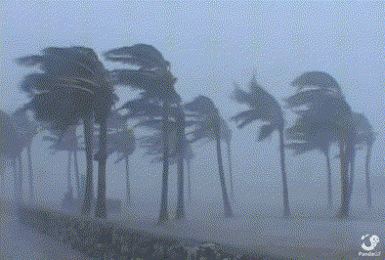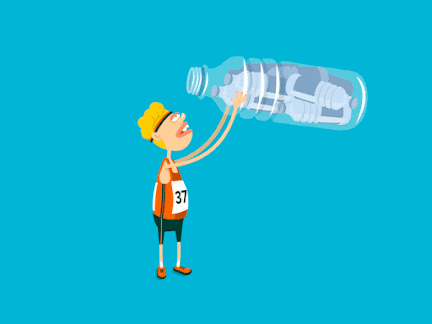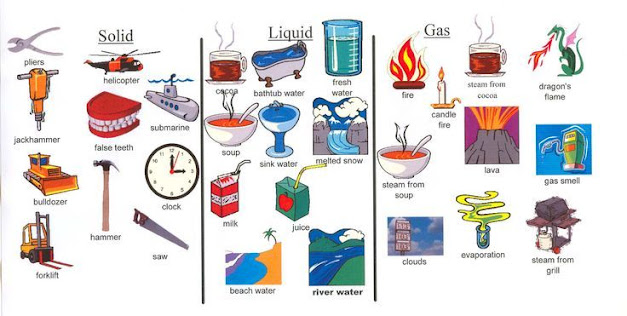What is energy?
Energy makes things move or change. For example, it makes machines work and living organisms grow.
Wind moves the boat.
Fuel makes the car move.
People get energy from food.
What are the forms of energy?
Light energy. The Sun is a natural source. Candles and lightbulbs are man-made sources of light energy.
Thermal energy. A hot oven, a fire and the Sun are all sources of thermal energy.
Mechanical energy is anything that moves. Examples are kicking a ball, the wind moving a tree and a car moving.
Electrical energy. Lighting is a natural source. Energy from power stations and batteries are man-made sources.
Sound energy. This is produced by vibrations we hear. Examples are musical instruments and a phone ringing.
Chemical energy. It comes from burning fuel, such as wood, coal, natural gas or petrol.
Energy is constantly transformed from one form to another. When you switch on a light, you are transforming electrical energy into light energy.


















































